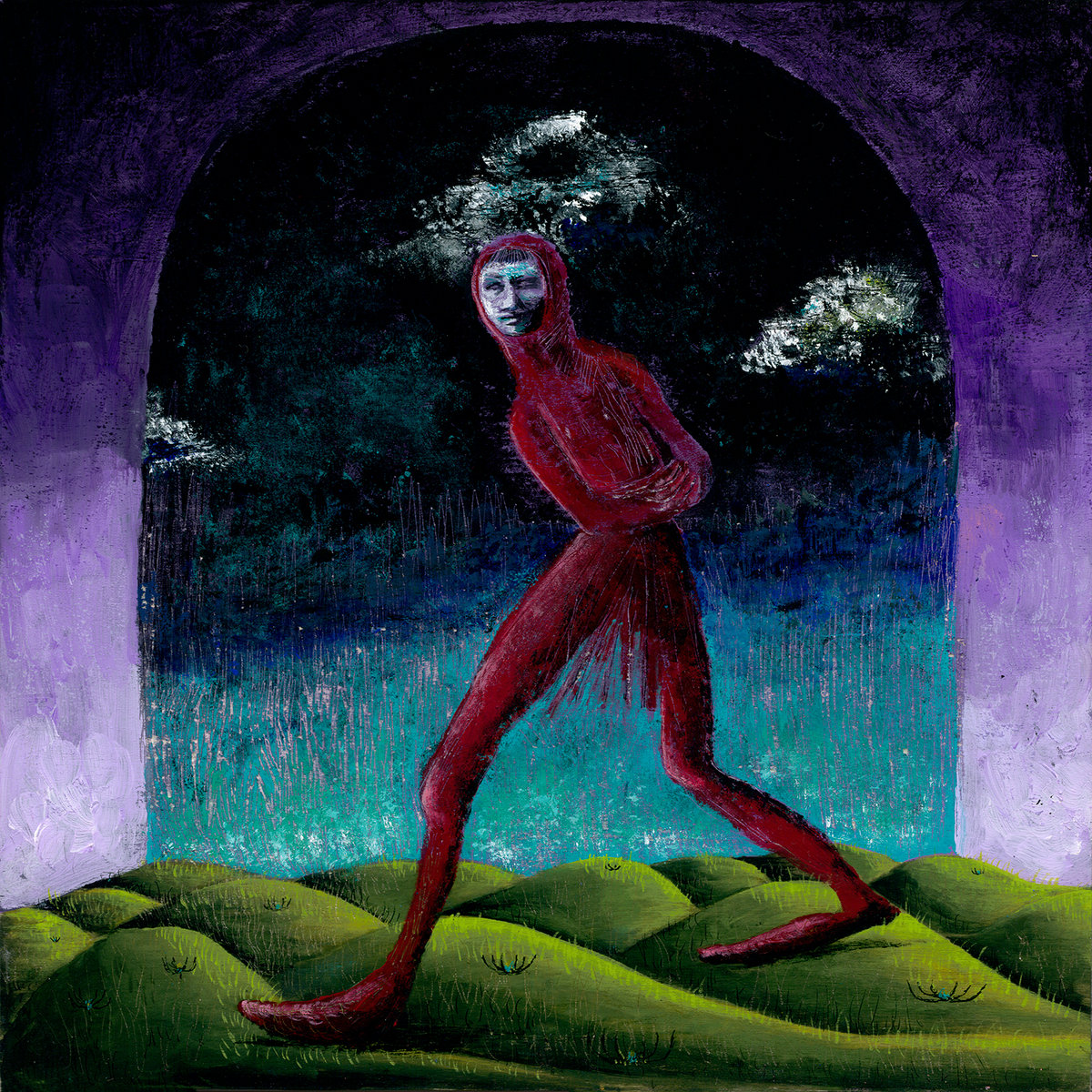Smut – Tomorrow Comes Crashing | Album Review
/Bayonet Records
Look, Smut kick ass, plain and simple. Tomorrow Comes Crashing is the band’s third studio album, which puts the Chicago-based quintet back into the muck, returning to the sludgy sound of their debut. It’s a type of album where, when I hear the songs, I get a feeling that the band knows exactly who they are at this point and are firing on all cylinders toward that actualization. The group recaptures some of their original DIY aesthetics while also incorporating new tricks they’ve learned along the way.
Smut’s previous record, How the Light Felt, sifted through the intricacies of 1990s dream pop and alt-rock, with more of the songs erring on the dreamy side of things. They smoothed out the rough edges found on their debut for an enjoyable second entry in their catalog–it was as if The Sundays had a lost album that was discovered in an abandoned storage unit and finally made its way onto streaming services.
Tomorrow Comes Crashing has similar elements to their previous records but now includes monstrous eruptions of distorted rock that bring the band to an apex of their sound. Vocalist Tay Roebuck, guitarists Andie Min and Sam Ruschman, bassist John Steiner, and drummer Aidan O’Connor tap into the sonic influences of their predecessors to create 34 minutes of pure rock ecstasy. The first step to achieving this sound was to enlist Aron Kobayashi Ritch as the production assistant, who turned the volume up to max power, giving the songs enough electricity to make Ben Franklin blush. Ritch has been on a hot streak of his own this year, with credits on the recent albums from Momma, Bedridden, and Been Stellar.
The single, “Syd Sweeney,” is something I could easily imagine on a 90s episode of Beavis and Butthead with them shaking and gyrating on their couch while watching the music video in between calling each other “fart knockers.” The song has all the ingredients of a certified banger, from the fuzzed-out 90s guitar riffs to the sludgy thrash metal outro, accompanied by some expert wailing from Roebuck. Not only can you throw your neck out headbanging to the track, but dig into the lyrics, and you’ll find a message about the objectification and stereotypes of women in art. A-list actress Sydney Sweeney is the namesake evoked as the shining example of being uber-talented in her own right yet still viewed solely as a sex object by some. For me, the sign of a talented band is when you can combine engaging music with lyrics that convey a distinct message that holds meaning for the artists.
What stands out to me throughout Tomorrow Comes Crashing is the voice of Tay Roebuck, who has an incredible range, accompanied by an unpredictable Tasmanian Devil-like energy. Her versatility is evident across the album; you can hear someone go through all the emotions, from a yell to a cry to a plethora of blood-curdling screams. On the 90s-inspired ballad with an edge, “Dead Air,” Roebuck’s voice rides the wave of crisp basslines with such effortless ease. A few tracks earlier, on the explosive, twisting metal riff opener “Godhead,” she belts a horror movie-like yowl that offers a thrilling, speaker-rattling moment.
There’s a lot of fun to be had on the in-between songs, “Burn Like Violet” has guitar riffs you would hear in an 80s action movie scene. When I hit play on that song, I can just imagine a shredded Patrick Swayze in a bar fight throwing a jabroni onto a table, sending them through a bevy of glass mugs. “Spit” is a rough and rowdy song laced with chunky metal riffs and the perfect amount of fuzz. Each track also hosts an intoxicatingly catchy chorus that makes me just want to keep hitting repeat nonstop.
“Ghosts (Cataclysm, Cover Me)” is the band tapping back into their dream pop sound, which, by the evidence of their second record, they are entirely at ease revisiting that brimming well of inspiration. The song has a moody, Gothic feel, accompanied by hauntingly executed echoes of Roebuck, making this a staple track that should be on everyone’s Halloween playlist this fall.
The realization of the trials and tribulations a band encounters while trying to live out their dreams is the focus of “Touch & Go.” The mid-album cut shows the things people don’t see beyond the shows, like flooded basements ruining your gear or inhaling burnt coffee in Anytown, USA, and having to manage your van breaking down while trying to make it to the next gig. The will it takes to persevere in your aspirations of becoming a full-time musician is harder than ever these days. Smut are well on the way to achieving their dreams by relentlessly evolving their sound to newer heights with each album cycle. The record itself is pure, unadulterated fun, but what separates this group from the pack are the detailed lyrical messages behind the kick-assery. While Tomorrow Comes Crashing feels expertly timed as a summer release with red-hot, sizzling guitar riffs and thunderous choruses, that depth beneath the surface is liable to keep drawing listeners back, rewarding them for many seasons to come.
David is a content mercenary based in Chicago. He's also a freelance writer specializing in music, movies, and culture. His hidden talents are his mid-range jump shot and the ability to always be able to tell when someone is uncomfortable at a party. You can find him scrolling away on Instagram@davidmwill89, Twitter@Cobretti24, or Medium@davidmwms.








































